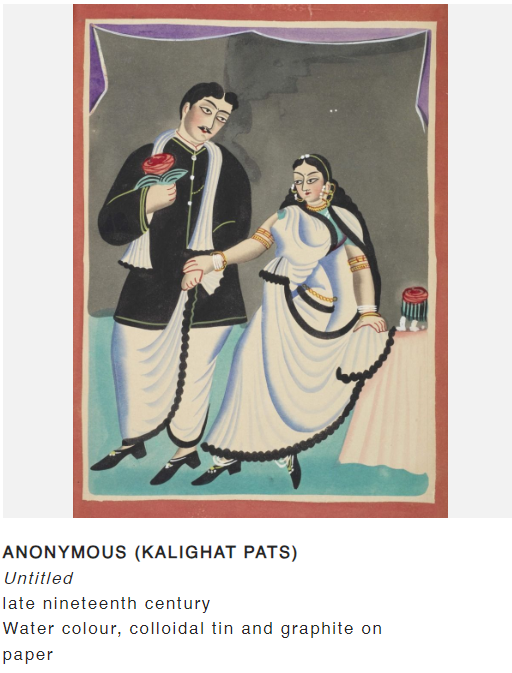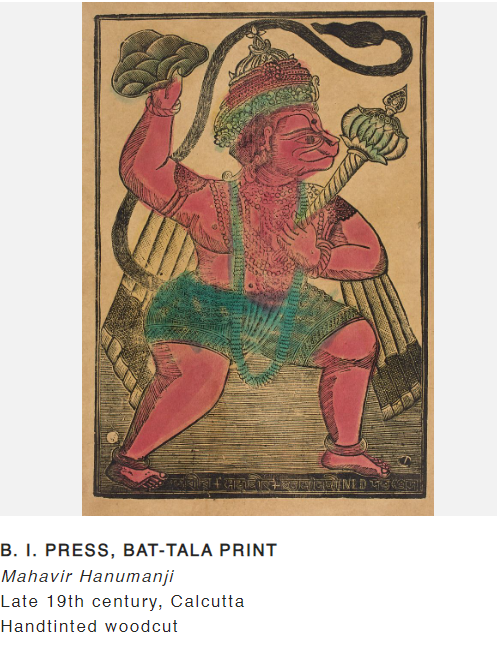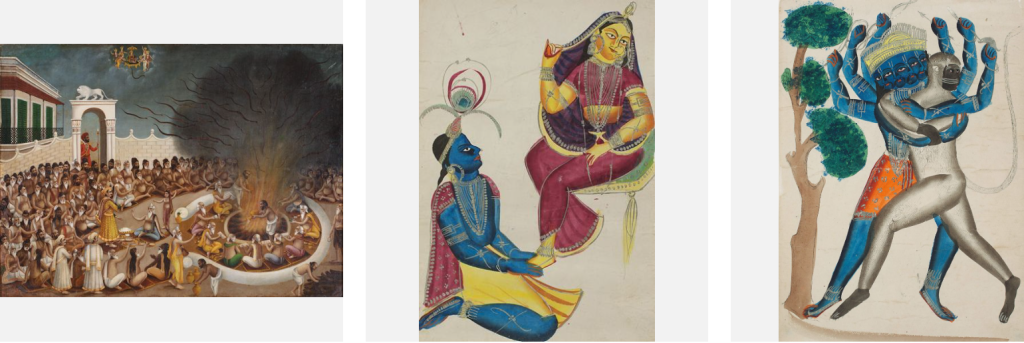Tsuktiben Jamir
Presented by the DAG (formerly Delhi Art Gallery), ‘The Babu and the Bazaar’ exhibition offers a captivating journey into a bygone era, where Calcutta thrived as a melting pot of contrasting cultures, ideologies, and artistic expressions. From May 8th to July 1st, visitors can immerse themselves in the rich tapestry of this vibrant city, contemplating the intricate threads of tradition and progress, and discovering the captivating narratives interwoven within its artistic heritage. This exhibition unveils the essence of Calcutta’s past, shedding light on the vibrant soul that continues to shape it’s present and future.
An impressive selection of Bengali works of art from the late 19th and early 20th centuries are on display in the exhibition. This magnificent show and accompanying catalogue were painstakingly produced by Aditi Nath Sarkar and Shatadeep Maitra, who invested more than five years in thorough study. They will also be curating the show.
The exhibition is said to be a “domain of Gods in suspended animation, within prosceniums, Parvati as Madonna, divine siblings Krishna & Balaram, Durga Puja, mortals in amorous delight, tiered necklaces and the mu

ch-mocked hapless Babu trying to make sense of the fast-changing world. Between British Raj and Princely India, Dutch and French Bengal, Chinese glass painting, print, painting, and photography, popular and highbrow, all resulting in an extraordinary genre of art that is a time capsule of our very recent past.”
Calcutta (now Kolkata), the bustling commercial and marine hub of India gained the honorary title of the ‘second city’ of the British Empire in the nineteenth century. In 1809, a large number of people came to the rebuilt Kali temple at Kalighat in search of work or to make holy pilgrimages. The impact of the temple spread to a nearby market where travellers could buy a variety of souvenirs and curiosities. One of these was watercolour paintings on paper, or “Kalighat pat.” In Calcutta’s marketplaces, prints started to appear more often alongside these drawings. A variety of engravings, lithographs, woodcuts, and oleographs were created as a result of developments in printing technology. As printing studios and patuas supplied comparable graphics to serve the same clientele, competition for business arose.
DAG writes, “Themes from popular or commercial art also reverberated in works commissioned specially by Bengal’s wealthy population. Painted using oil pigments on cloth canvas, their iconography and subjects overlapped but were executed with an emphasis on superficial realism that adhered to the affluent clientele’s aesthetic sensibility. A small selection of reverse-glass paintings is included, which were plausibly imported from the British trading centre at Canton (present-day Guangzhou) or made by Chinese artists residing within the Indian subcontinent.”

The nineteenth century saw the development of two separate cultures in Calcutta: the culture of the people and the culture of the wealthy elite. These civilizations greatly differed from one another and even had a lot of differences. Satire was written on the newly wealthy ‘babu’ elite, which was frequently portrayed as unconcerned with external issues. The babus and the English-educated Calcutta ‘bhadralok’ simultaneously despised popular culture as crude and uncivilised. ‘High’ and ‘low’ civilizations being separated led to the emergence of artistic forms. These pieces of art provide a fascinating view of the city and its inhabitants today, as they stand on the edge of tradition and modernity.
The exhibition contrasts mass-produced prints and commissioned oil paintings with watercolour paintings that reflect sacred and secular issues. The exhibition seeks to reveal Calcutta’s history, cultural subtleties, class prejudices, and gendered hierarchy via an examination of its iconography. These historical artefacts, which are over a century old, are safeguarded inside Indian boundaries to preserve their preservation. They are registered historical works of art.
Exhibition Dates:
8th May- 1st July 2023
10:30 AM- 7:00 PM
Venue:
DAG,
22A, Janpath Road, Windsor Place





